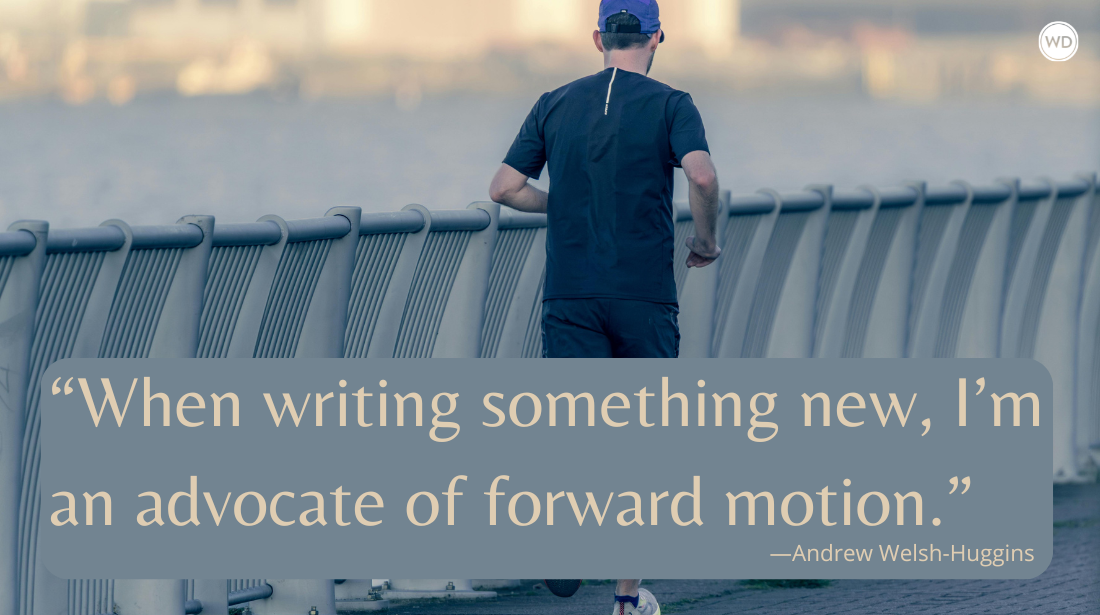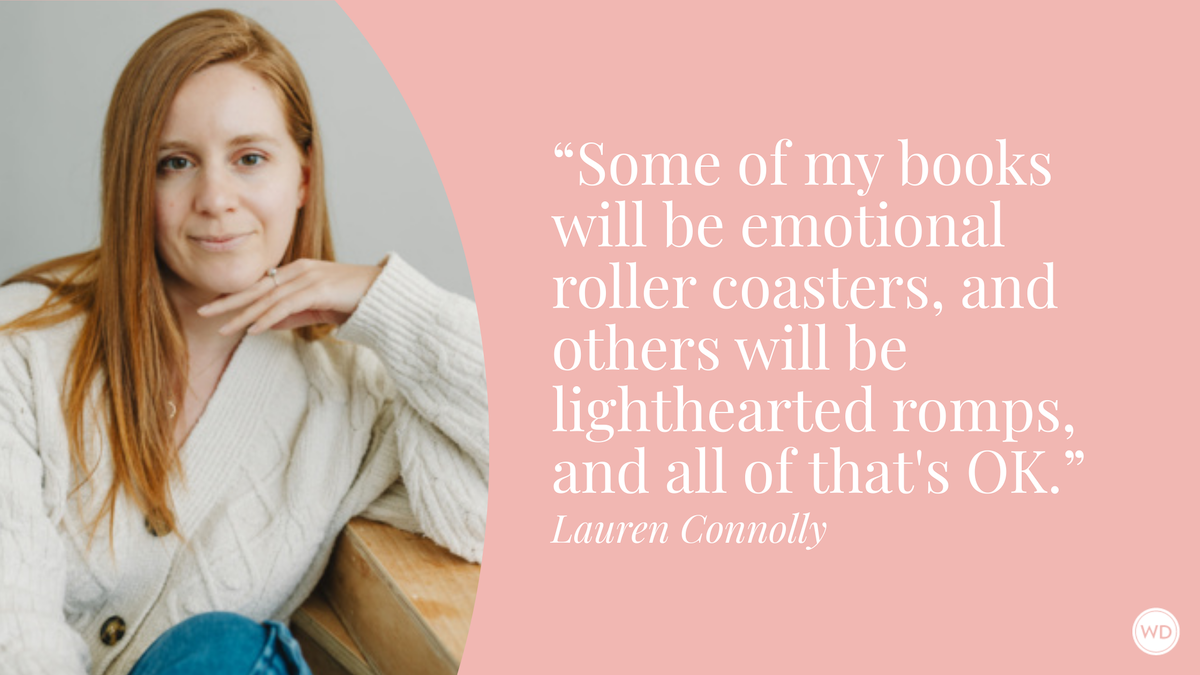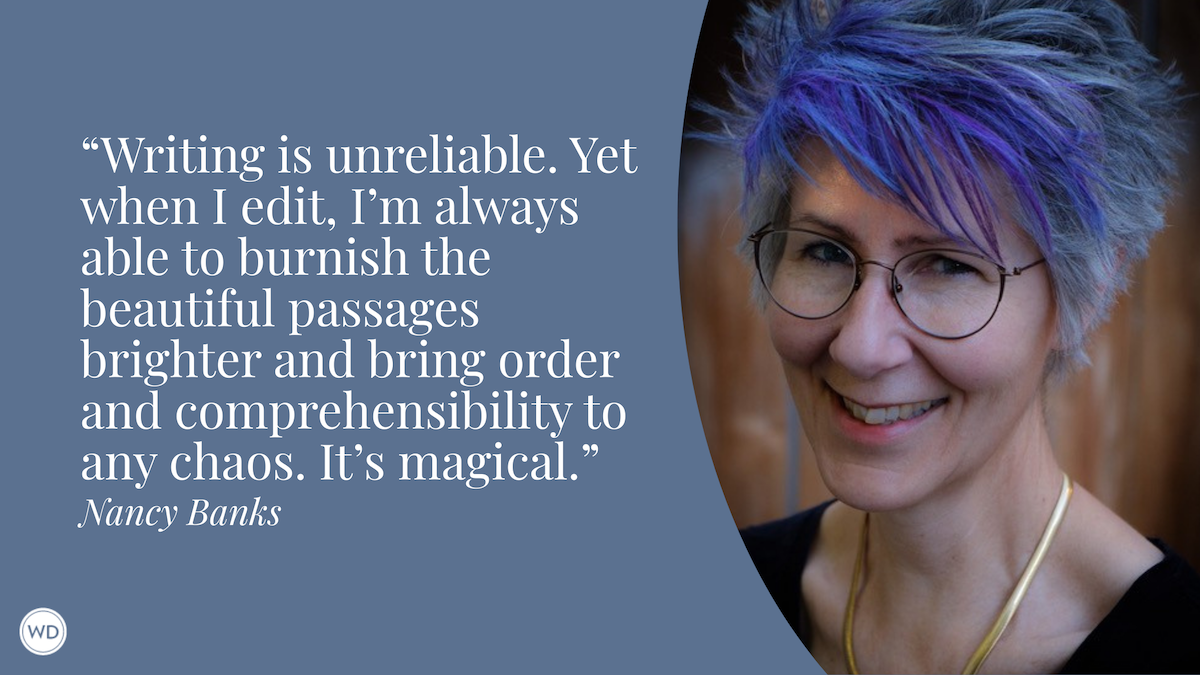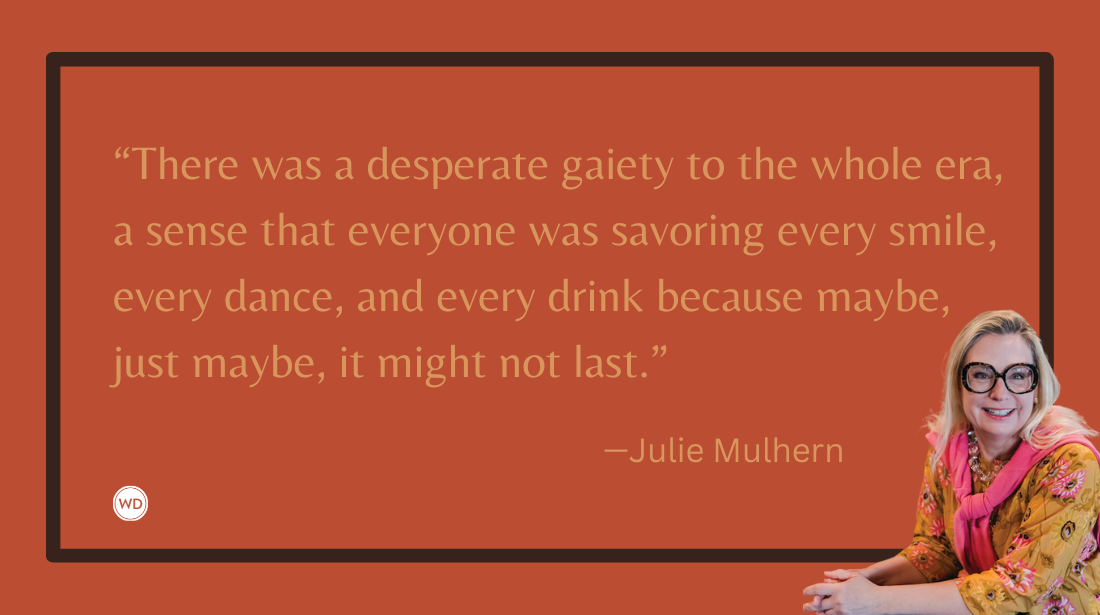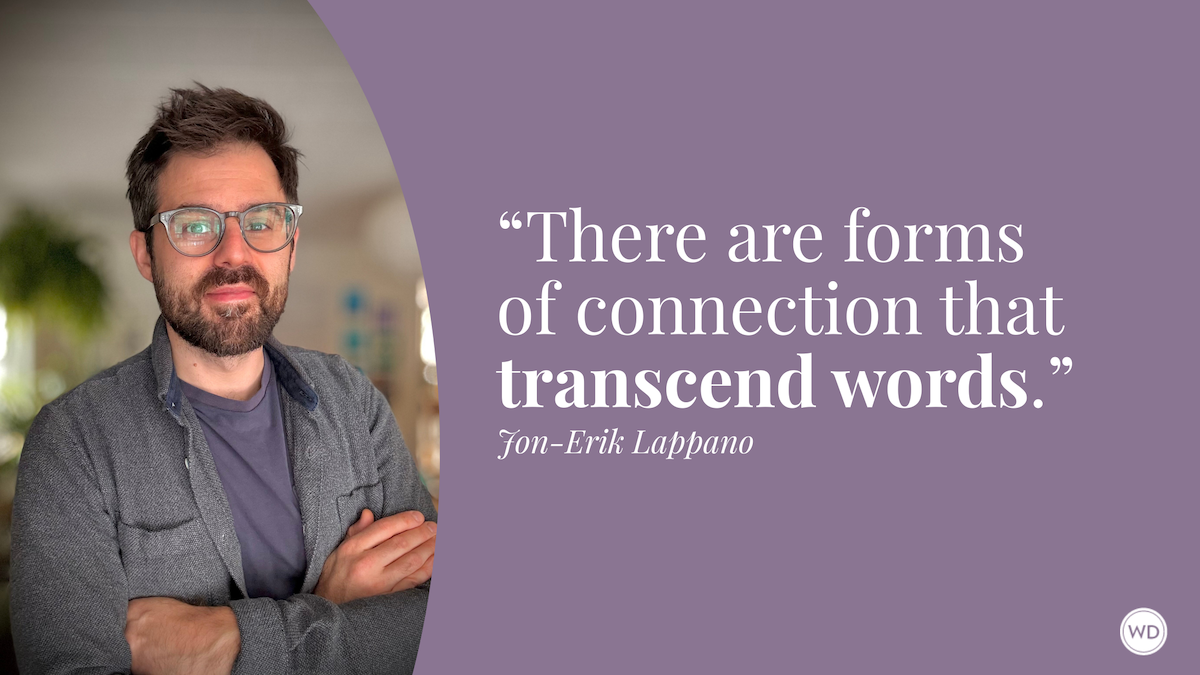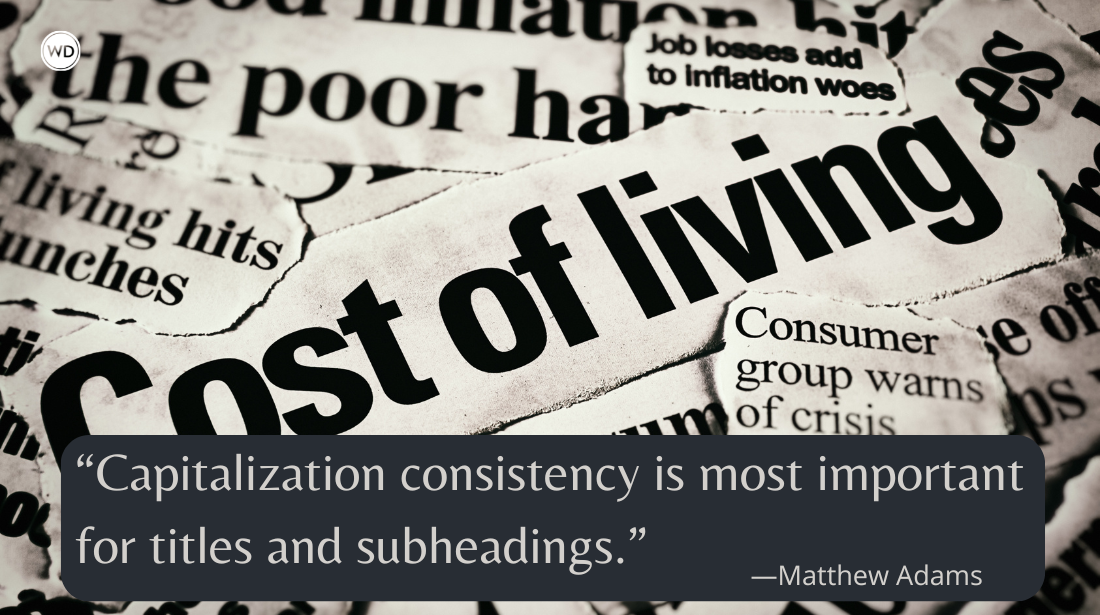Crashing Into New Worlds: Writing About the Unfamiliar
Award-winning crime author Stephanie Kane explains how she builds characters unlike herself and navigates their worlds to create vivid and realistic stories.
Do you write what you know too well? Or aim for what you don’t? Fiction is the freedom to create the characters we want, to punch above our weight. But writing is hard enough. We’re told to make our characters relatable but larger than life, their worlds unique but universal. To travel with them to the ends of the earth to find our own way home.
I’ve found my way home by creating heroines as different as possible from me. To do so, I accessed a little-known resource: their live human counterparts. What forced me from my comfort zone of book-based research to the realm of the living? Without it, I couldn’t write the stories I wanted to tell.
My first series starred dyslexic criminal lawyer Jackie Flowers. Jackie was inspired by a young relative who struggled to read. From the time he was five, I watched him navigate an educational system that dinged him for what he did well and rewarded what he wasn’t good at. Having practiced law, I knew Jackie’s professional world. But how do you credibly bring a fictional dyslexic lawyer to life when you are not dyslexic yourself?
Understanding Your Character
I started in my safe space: reading books about kids with learning disabilities, personal memoirs, and biographies of noted historical figures who had dyslexia. (Churchill, Edison, Nicola Tesla.) But I didn’t just want to get one boy’s experience or the big things about dyslexia right. I wanted a window into how Jackie functioned in her daily life, how it might feel to be her.
To get a 360-degree view, I launched a survey directed to people with learning disabilities and their teachers, families, and friends, and posted it on my website, www.writerkane.com. When BLIND SPOT, Jackie’s first legal thriller, came out, I sent the book to The Learning Disabilities Association of America and The International Dyslexia Association. They embraced Jackie and spread the word about the survey.
Surveys are a great way to connect with a wide pool of strangers. Before diving in, consider three things. First, your goal: What do you want to learn? Second, your target: Whom do you want to reach? Third, your platform: How will you reach your audience? Do you have a blog or other platform through which it’s easy to communicate? Can an influential person or organization help get your audience to respond? But the material gathered is only as good as the questions you ask.
My survey had three sections: demographic information, questions about learning disabilities, and a request for permission to post responses on my website (anonymously or not) and to contact respondents directly. Respondents could answer whatever they wanted and say as much or little as they liked. Posting the answers was their pay-off. (I also promised them a copy of BLIND SPOT.) Almost everyone wanted their answers posted, with full attribution. Permission to contact them enabled me to follow up.
The heart of the survey were these questions: Is dyslexia a burden or a gift? What is its greatest impact? Does it affect your creativity or how you solve problems? Tell me a positive experience. A negative one. The answers were a novelist’s goldmine.
IndieBound | Bookshop | Amazon
[WD uses affiliate links.]
One woman was a good debater because she literally saw arguments from all sides. A lawyer memorized phone numbers by turning them into mathematical equations, and legal theories by singing them to herself. A film producer couldn’t read music, but if she heard a song she could sing it.
The most valuable question was the final one: What else? A U.S. Department of Education employee said the greatest need was serving dyslexic adults like him, who’d been ignored as kids. I found a local adult literacy program and volunteered. For months, I tutored two learning-disabled men in reading. We met at a library twice a week, one-on-one, two hours at a time. For me, the rewards were monumental. Whenever he encountered the unfamiliar, one man gleefully cried, “Just crashed into another new word!”
Understanding their World
Did the survey or tutoring make it into Jackie’s sequels? A fraction; the best part. But it brought me home to my heroine in a way no book research ever could. And when it came time to launch a new series, it was easier to crash into a new world: art.
My new heroine is paintings conservator Lily Sparks. Like Jackie, she was inspired by a real person. Amy Herman is an art historian who trains med students, FBI agents, and cops in the art of observation by studying paintings in museums. Her work gave me insight into how Lily honed her eye. But Lily also had to know something about art.
I began in my comfort zone: reading a museum director’s memoirs and books on conservation and painting technique. The villain in A PERFECT EYE, Lily’s first caper, was an art forger. I spent hours studying forgers’ body language and speech patterns on YouTube. But to bring an art museum’s world alive, I needed live human sources.
A painting curator was in my swim class. Because A PERFECT EYE was a murder mystery and my heroine an art conservator, I needed a weapon found in a conservation lab. When I asked him about a palette knife, he consulted a conservator. Her response was a scornful, “Palette knife? A lab has a lot more interesting weapons than that!” I was off to the races.
The conservator gave me a tour of her lab and patiently answered questions and e-mail follow-ups. She introduced me to a colleague who let me tour her lab, and answered still more questions—like how many entrances and exits the lab had and how many twists and turns you had to take to get to the lady's room after hours in the dark. It turns out that art conservation has subcultures. Paintings conservators are prima donnas; Objects is the division of pots and pans. What’s the museum world’s overarching taboo? Never ask what anything costs.
In exploring a new world, I listen for jargon—what I think of as Orwellian double-speak. Docents-in-training are called “provisionals.” Museum guards are now “gallery hosts.” Sounds innocent, right? A mystery writer can make anything Orwellian.
Crashing into a new world is humbling and scary. But strangers, if approached with respect and an open mind, like to share their world. Their skin in the game is your commitment to getting their world right. That’s the real ticket home.
Stephanie Kane is a lawyer and award-winning author of seven crime novels and one true crime memoir. After graduating from law school, she was a corporate partner at a top Denver law firm before becoming a criminal defense attorney. She has lectured on money laundering and white-collar crime in Eastern Europe and given workshops throughout the country on writing technique. Her crime novels have won a Colorado Book Award for Mystery and two Colorado Authors League Awards for Genre Fiction. She belongs to the Mystery Writers of America, Rocky Mountain Fiction Writers, and the Colorado Authors League. She lives in Denver with her husband and two black cats.




